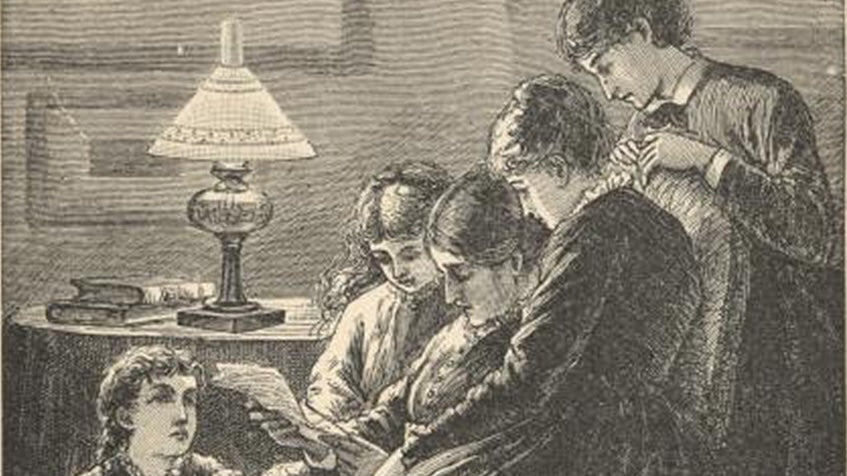
The Power of Illustrations in Literature
Share
 Have you ever wondered how illustrations can enhance your reading experience of classic novels? Let's delve into the world of literature and discover the significant role that illustrations play in bringing these timeless stories to life.
Have you ever wondered how illustrations can enhance your reading experience of classic novels? Let's delve into the world of literature and discover the significant role that illustrations play in bringing these timeless stories to life.
Visualizing Characters and Settings
Illustrations provide readers with a visual representation of the characters and settings described in classic novels. By depicting key scenes and landscapes, illustrations help readers immerse themselves in the story and better understand the author's vision.
Enhancing Emotional Connection
Emotions are a crucial element of any novel, and illustrations have the power to evoke these emotions in readers. Whether it's a tender moment between characters or a dramatic plot twist, illustrations can enhance the emotional impact of the narrative.
Adding Historical Context
Classic novels are often set in specific time periods, and illustrations can provide valuable historical context for readers. By showcasing clothing, architecture, and cultural details, illustrations help readers visualize the world in which the story takes place.
Engaging Younger Audiences
For younger readers or those new to classic literature, illustrations can make these complex stories more accessible and engaging. Visual cues can help readers follow the plot and connect with the characters on a deeper level.
Preserving Literary Legacy
Illustrations in classic novels not only enhance the reading experience but also contribute to the preservation of literary works. By adding visual elements, publishers can attract new readers and ensure that these timeless stories continue to be appreciated for generations to come.
Next time you pick up a classic novel, take a moment to appreciate the illustrations that accompany the text. These visual representations are more than just images – they are key players in the storytelling process, enriching the narrative and captivating readers of all ages.
